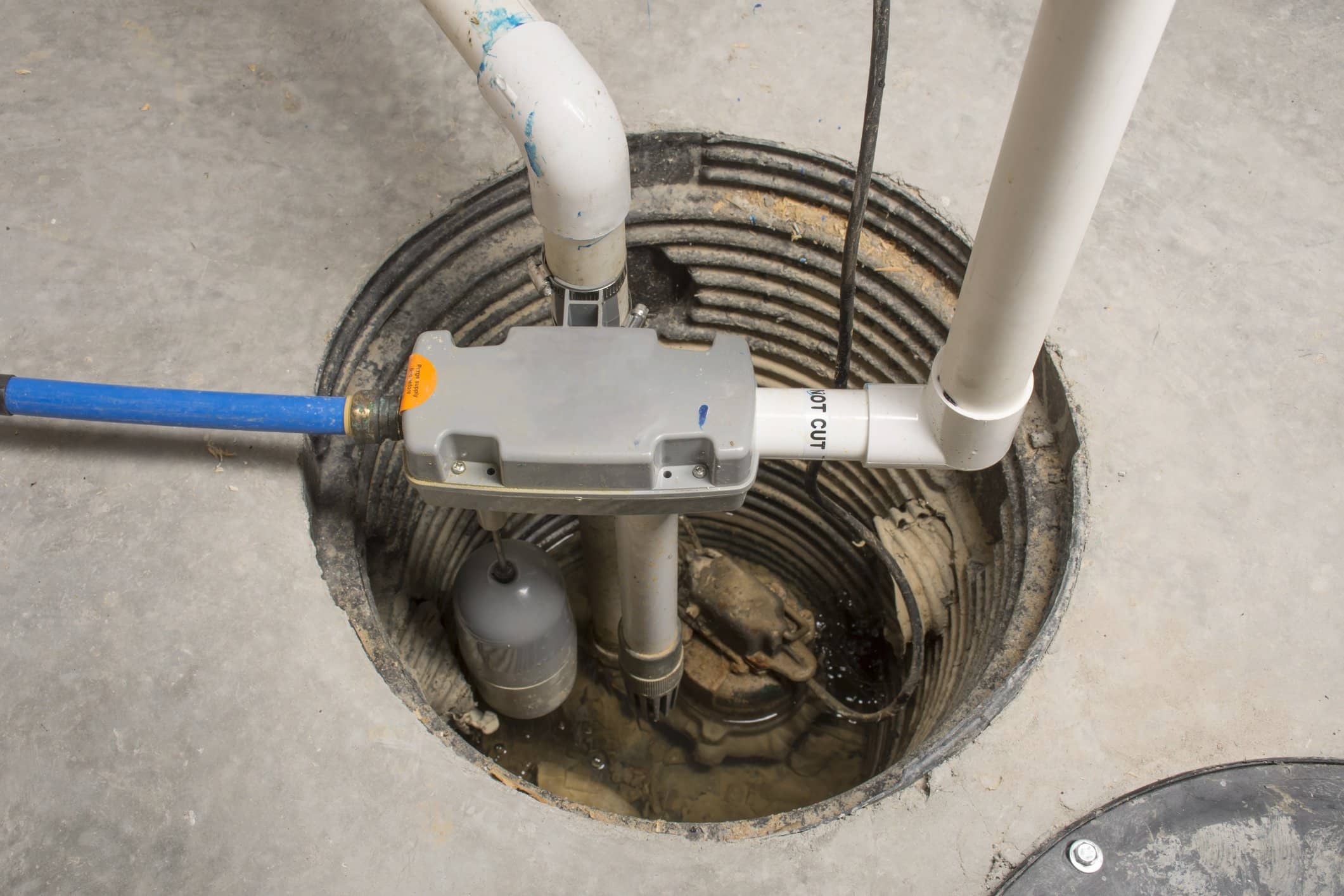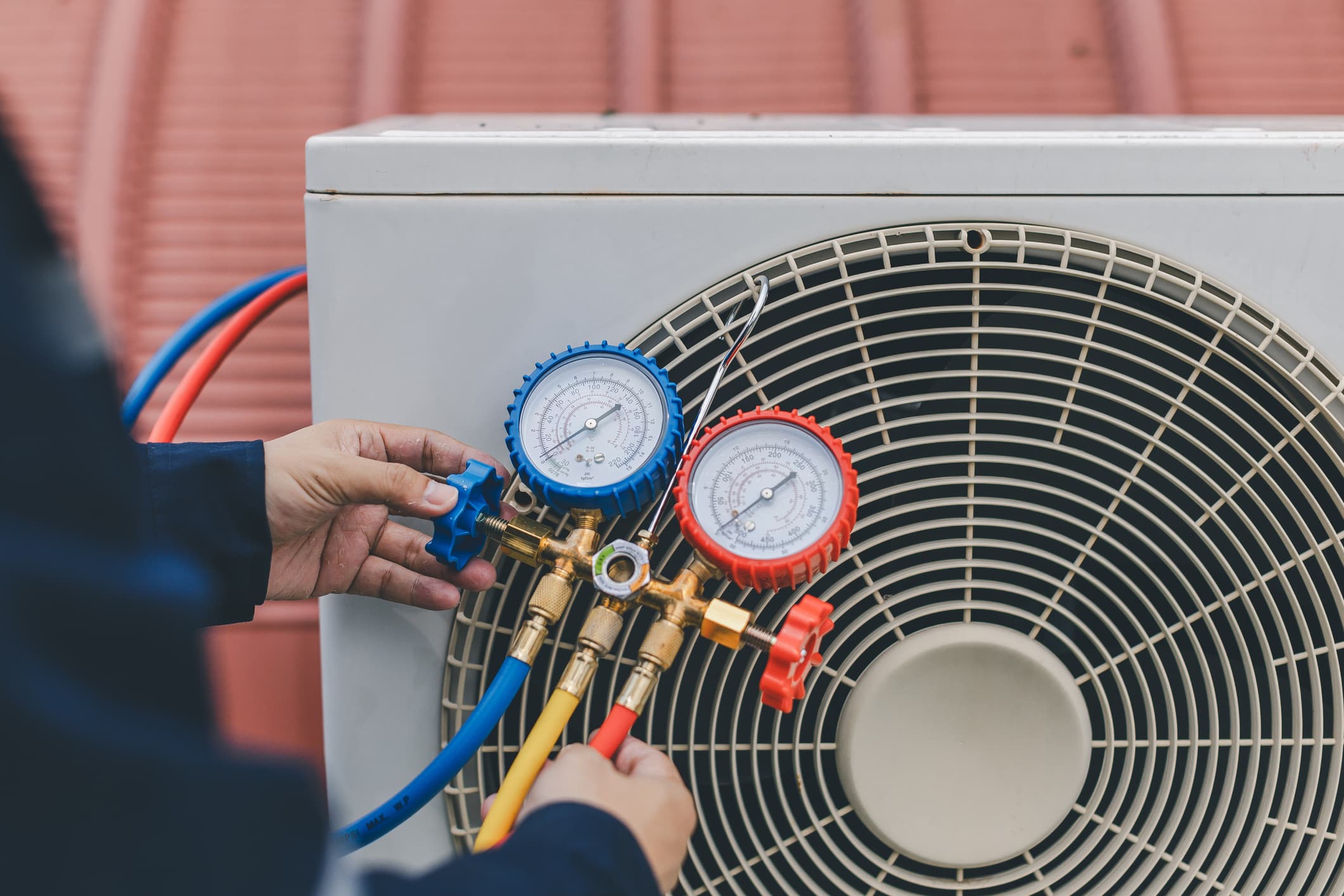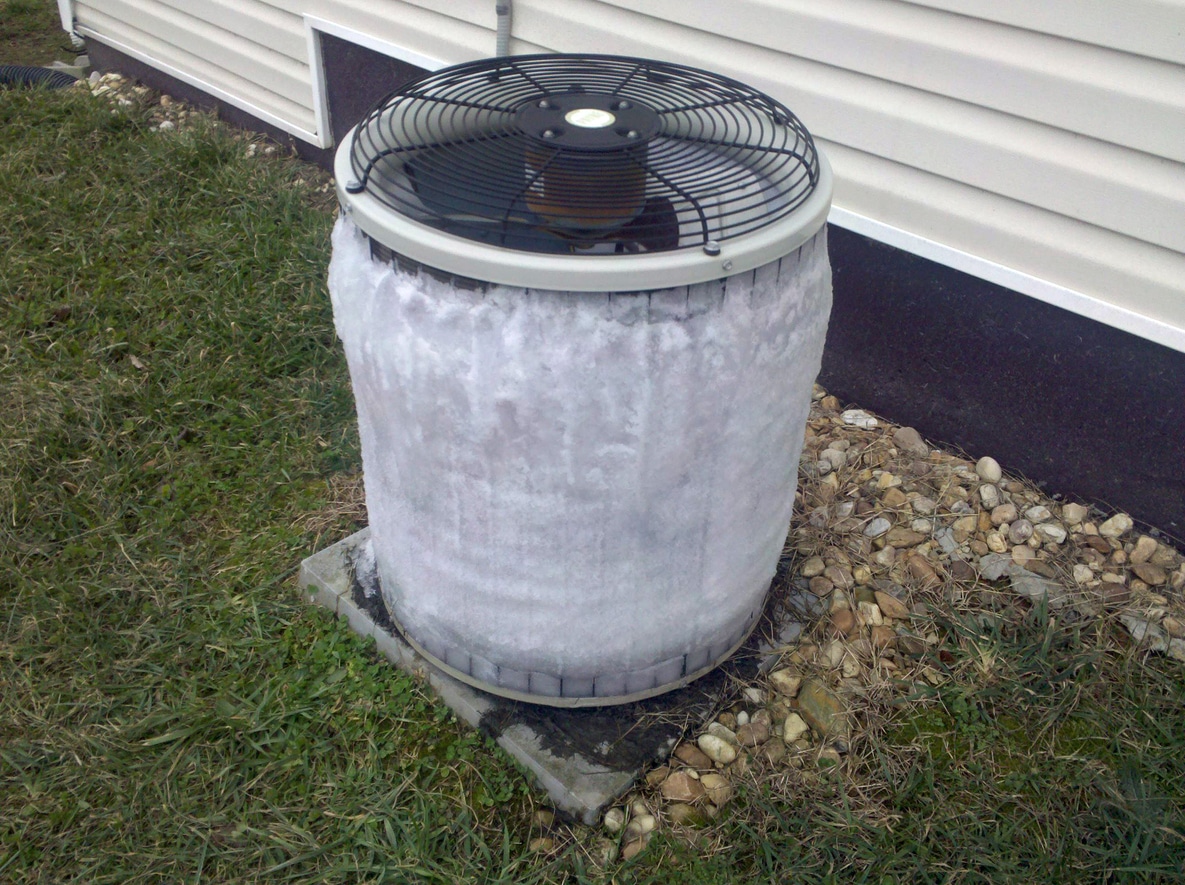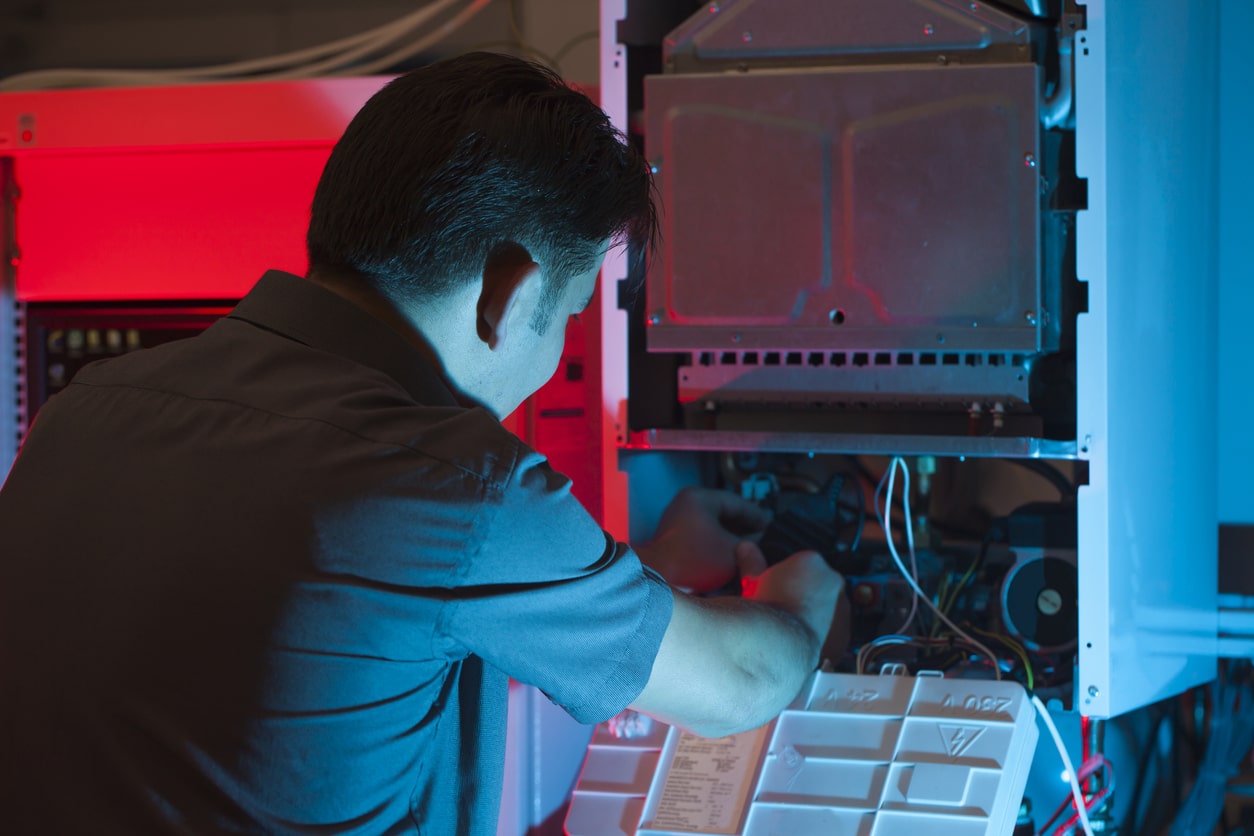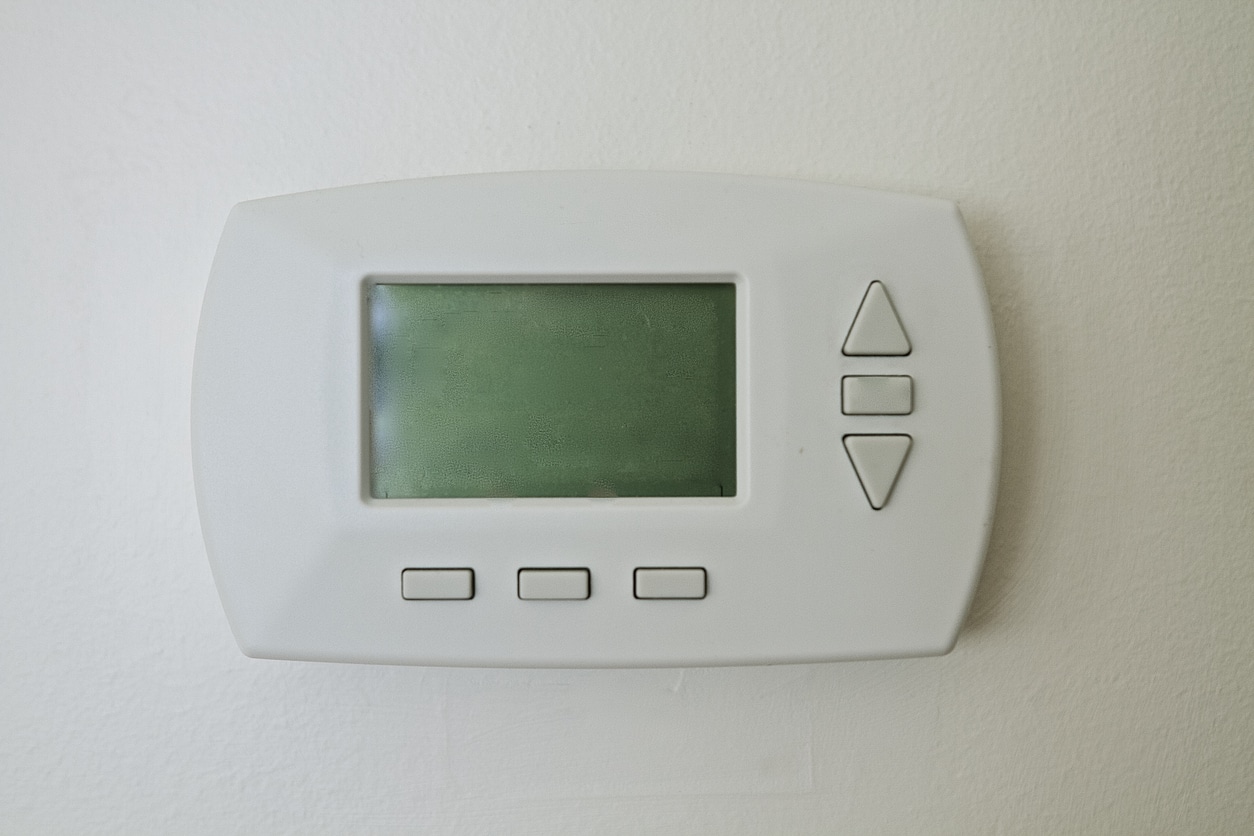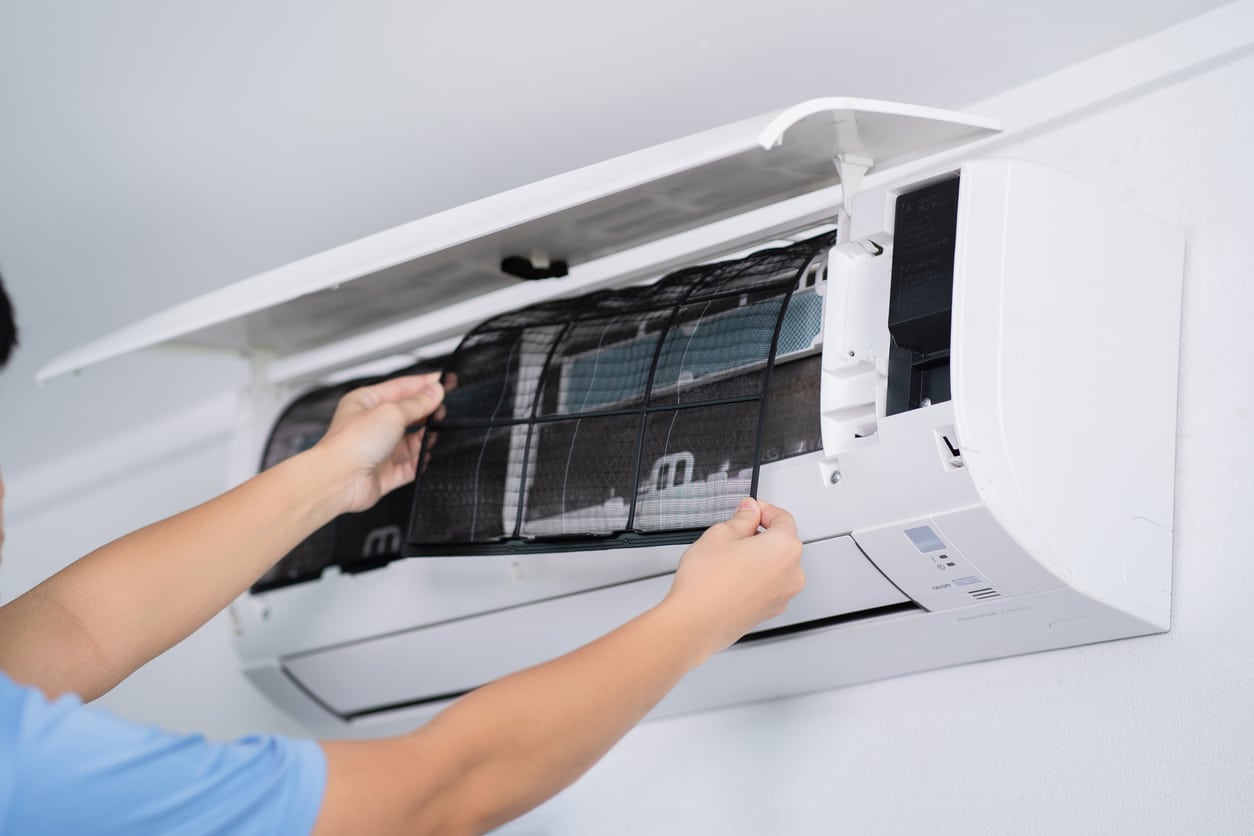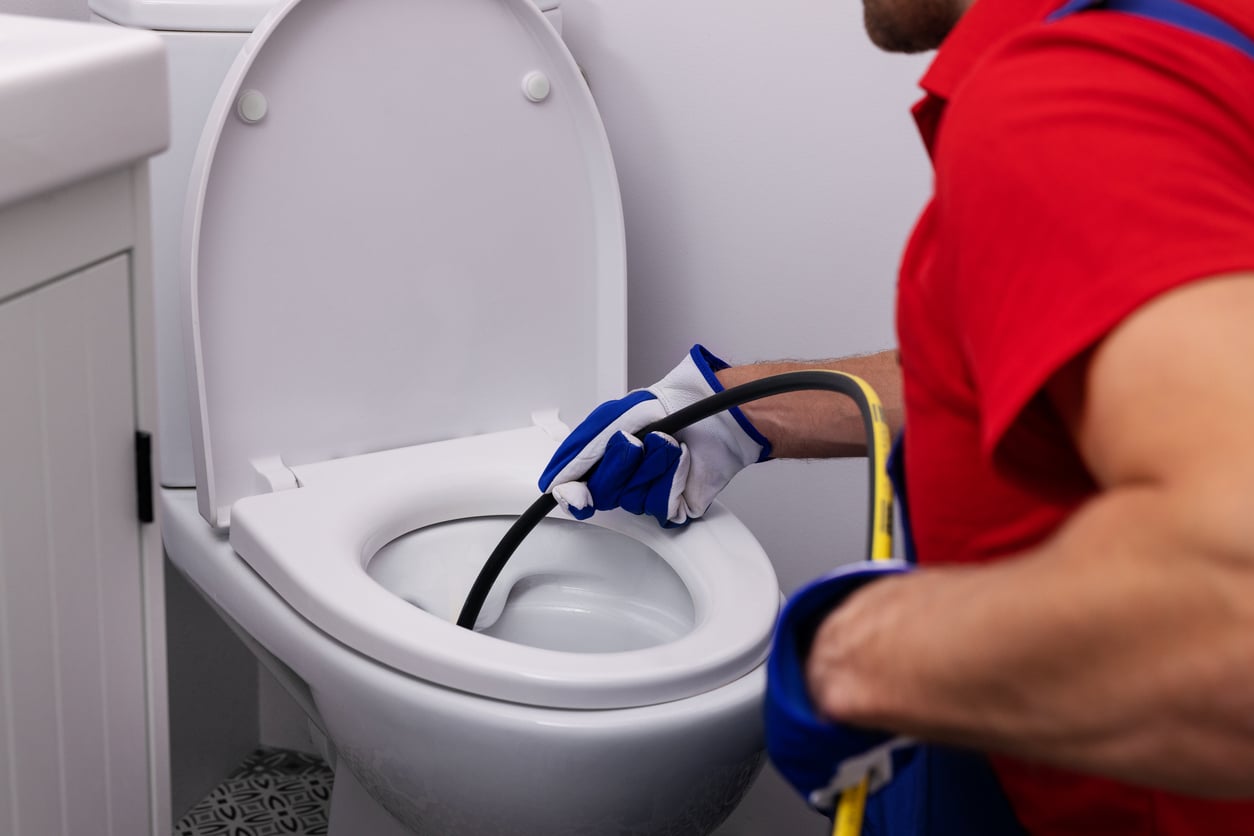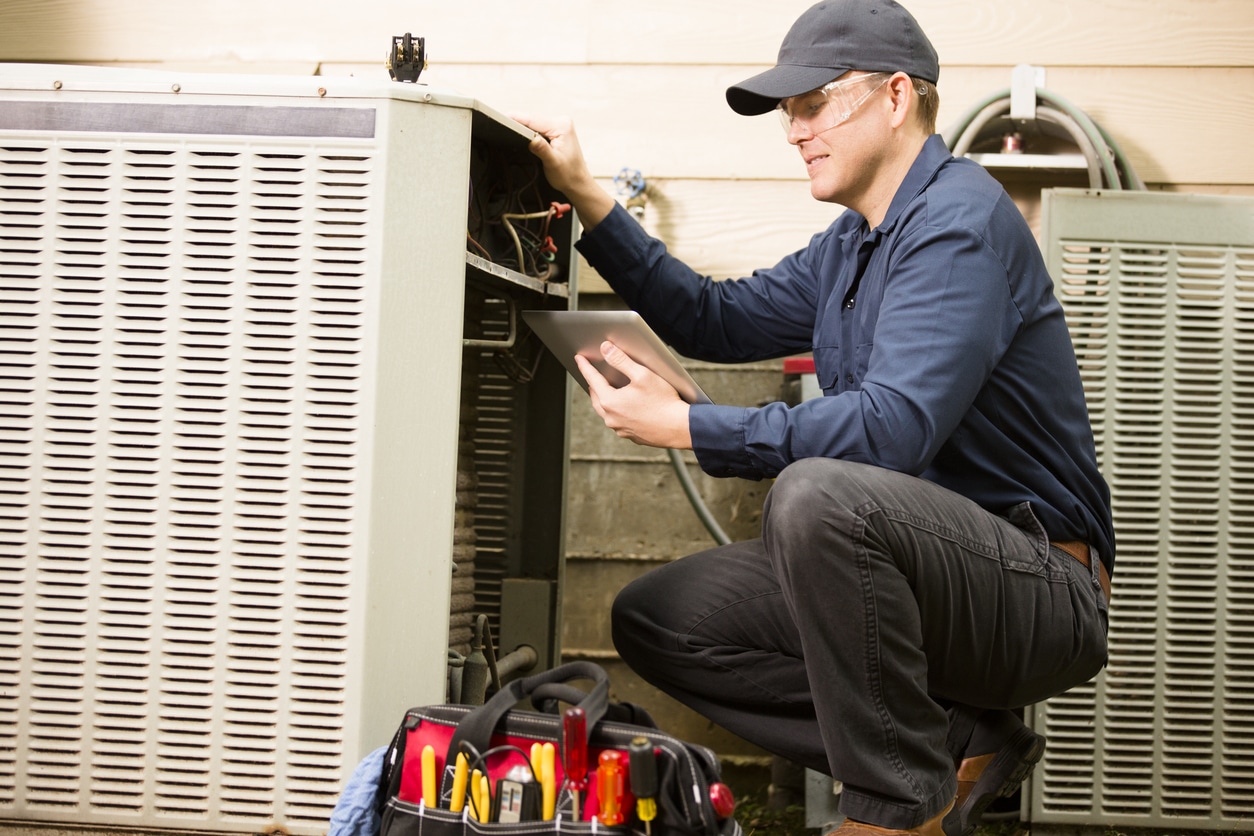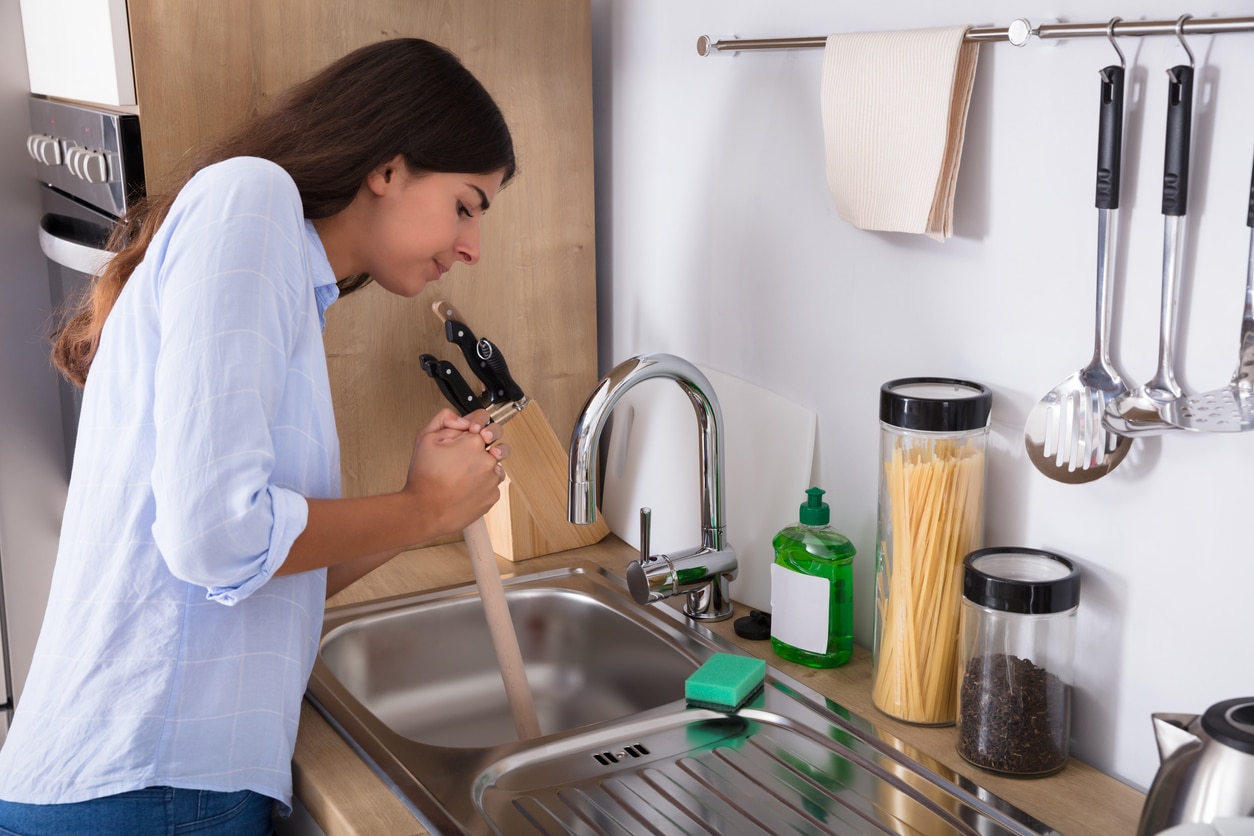Sump pumps are hidden heroes of the home. They often sit in basements and crawl spaces, completely ignored by homeowners in Stewartstown. Although your sump pump doesn’t make itself well known, it plays an essential role in your home. Whether you have mini sump pump or something else, you should know how essential it is to your household. Find out more about sump pumps and why you should have one.
Defining a Sump Pump
Even if you don’t completely ignore your sump pump, you might not know much about it. The sump pump is a piece of equipment that keeps the area under your home dry. If you have a basement or crawlspace, your sump pump is responsible for pumping water out of the space. This prevents water damage, which comes with a long list of problems. To put it simply, a sump pump acts as a flood prevention mechanism. It sits in a sump pit and is a safeguard against disaster. Although your pump doesn’t kick on every day, it’s there for you when you need it. Why is Water a Problem?
The purpose of a sump pump is clear, but why do you actually need one? After all, you probably have no intentions of flooding your basement. The threat doesn’t come from household mistakes as much as it does from nature. In many homes, the basement is lower than the water table. Water can seep into your basement and result in significant damage. When water enters the basement, many issues can occur. Water damage to your belongings can destroy sentimental items, and water damage to your foundation or structure can result in costly repairs. As an added problem, water results in mold growth. If you don’t have a sump pump, you could have a build-up of water in your basement and plenty of mold to go with it. The sump pump pulls the water from your basement and directs it somewhere else. Instead of posing a threat to your home, the water channels outside and drains away. If you’re still not clear about why you need a sump pump, speak with a plumbing repair service about it. How Does a Sump Pump Work?
You may be wondering how a sump pump works. Typically, there are one of two types of sump pumps in a home. You either have a submersible or pedestal pump. Regardless of the type of pump you have, it either sits in a sump tank or a sump pit. As you might expect, a submersible pump hides in the sump pit. You won’t see any of the pump, as it has a pit cover over the pump and the pit. Meanwhile, a pedestal pump sits in the well but sticks up from the pit. The setup has a pit cover, but the pump stocks through the cover. Typically, the pump motor mounts on the column and is above the floor level. Four Part System
A sump pump is a four part system. First, there’s a water collection system. Then, there’s a sump tank, the pump, and the outlet drain. Outside the home, there is a drainage system that lies either under the basement floor or by the foundation.When there’s water in your basement, it drains into the sump tank or pit. After the pit collects a certain amount of water, the pump kicks on. A float or switch is responsible for turning on the pump. Then, the pump pushes the water through a pipe or hose and into the backyard or a well. When the tank is empty, the motor on the pump turns off. Who Needs a Sump Pump?
Not everyone needs a sump pump. If you own a home that doesn’t have a sump pump, you may want to consider installing one. Here are a few questions you can ask yourself to determine whether or not you would benefit from a sump pump. Have You Had Basement Flooding?
If you ever noticed flooding in your basement, you should have a sump pump. And if it’s too late, take measures to limit mold growth and to repair water damage. This means replacing any carpets or furniture that was affected by the flood.Then, speak to your plumbing repair service about having someone install a sump pump. The flooding could happen again, and you should protect your home. Do You Live in a Low Area?
If you live at or below sea level, you need a sump pump. There’s a high risk of water flooding your basement and causing damage. During the next storm, you could have water everywhere. Even if you don’t live in a low area, you could be in an area with a high water table. The risk is the same. Do You Have Heavy Rainfall in Your Area?
People don’t always realize how drastically microclimates can affect weather. In one area, rainstorms might be light and infrequent. Not far away, they could be heavy and more frequent. People in areas with heavy and regular rainfall should have sump pumps. Common Mistakes Made by Sump Pump Owners
If you decide that it’s time to install a sump pump, there are a few things you should know. First, you should be aware that most sump pumps connect to the electrical system of a home. If there’s a major storm and the power goes out, the sump pump won’t work. The only way to prevent this is to have a battery back up on your system. Failing to use a battery backup is a costly mistake.Another mistake is to fail to test the system. Because you don’t use your pump regularly, you won’t know that it’s not working until you need it. You should have your plumber check your sump pump on a routine basis.Don’t Make a Mistake; Let Us Install Your Mini Sump Pump
Before the next storm, install a mini sump pump in your basement or crawl space in Stewartstown. Here at Reliability Home Services, we can do just that and answer all your questions about sump pumps. Call today to learn more.
